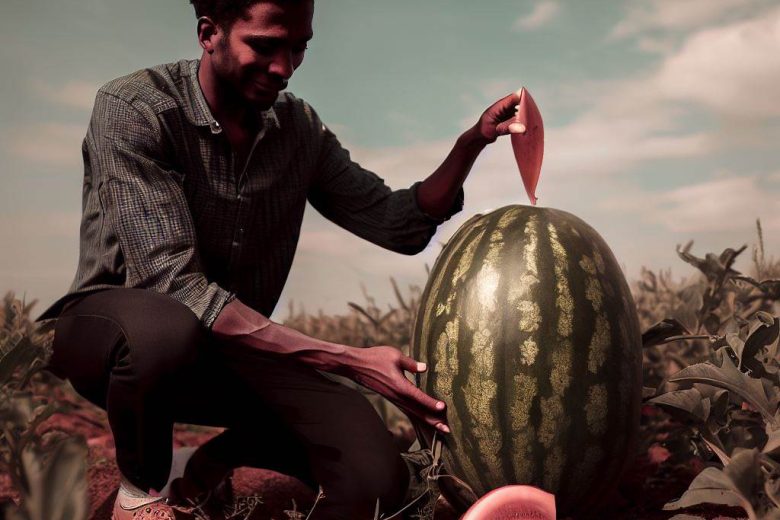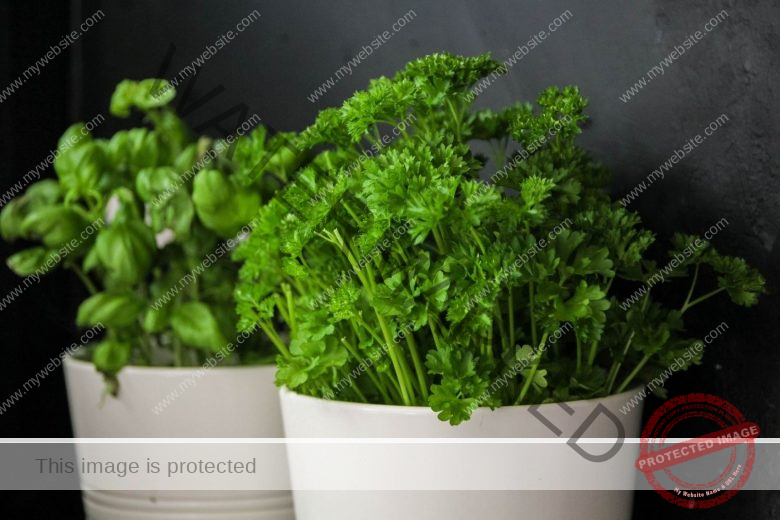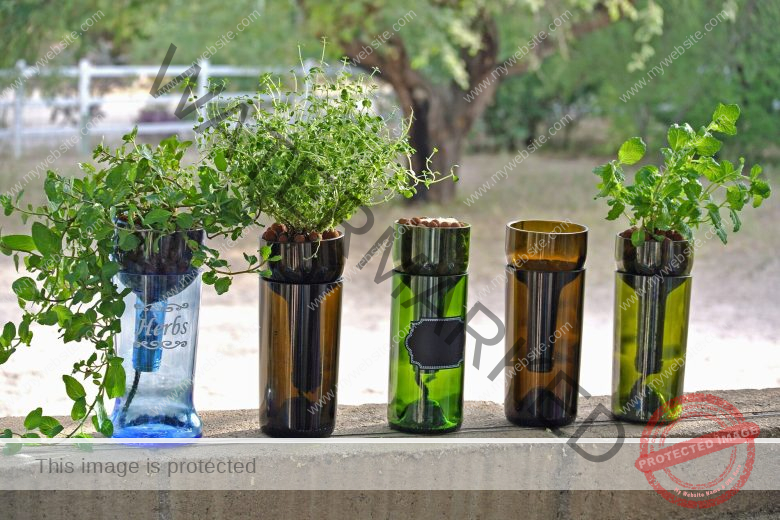Watermelon, a juicy and refreshing summer fruit, has not only become a staple in many African households but is also a significant contributor to the agricultural sector. With its sweet taste and high water content, watermelon has found its way onto plates and into economies across the African continent.
In this article, we will delve into the art of cultivating watermelons in Africa, covering everything from soil preparation and planting to harvesting and marketing.
How To Grow Watermelon In Africa
Watermelon, known for its vibrant red flesh and thirst-quenching properties, has grown to be a vital crop in Africa. Its cultivation not only provides nutritious sustenance for families but also generates substantial income for farmers and contributes to the continent’s Gross Domestic Product (GDP). From North Africa to Sub-Saharan regions, the cultivation of watermelon has played a key role in enhancing food security and economic stability.
Read Also: 15 Best Fertilizers for Watermelon: Organic & Inorganic
Step 1: Soil Requirements
The first step to successful watermelon cultivation is preparing the right soil. Watermelons thrive in well-draining sandy loam soil with a slightly acidic to neutral pH level (6.0 – 7.0). Adequate drainage is crucial to prevent water stagnation and root rot.
Step 2: Temperature and Sunlight
Watermelons are heat-loving plants that require warm temperatures to thrive. The ideal temperature range for growing watermelon is between 70°F to 90°F (21°C to 32°C). They also need ample sunlight, so choose a location with full sun exposure.
Read Also: How to Grow Watermelon [Beginners Guide]
Step 3: Watering and Irrigation
Watermelons have high water requirements, especially during their growth and fruiting stages. Adequate irrigation is essential, particularly in dry and hot climates. It’s best to water deeply but avoid waterlogging, as excessive moisture can lead to fungal diseases.
Step 4: Fertilization
Providing the right nutrients is crucial for healthy watermelon growth. Incorporate well-rotted compost or organic matter into the soil before planting. During the growing season, apply a balanced fertilizer rich in nitrogen, phosphorus, and potassium.
Step 5: Planting and Spacing
Watermelon seeds can be directly sown or transplanted into the field. Maintain a spacing of about 3 to 4 feet between plants within rows and space rows about 6 to 8 feet apart. This spacing ensures proper air circulation and minimizes competition for resources.

Yield and Harvesting
Watermelon plants typically yield 2 to 4 fruits per plant, depending on growing conditions and varieties. Harvesting should be done when the fruit’s underside turns from white to yellow and gives off a hollow sound when tapped. Cut the fruit from the vine using sharp pruning shears.
Read Also: 15 Most Lucrative Crops to Grow In Uganda
Initial Costs and Potential Returns
Starting a watermelon farm requires initial investments in seeds, land preparation, irrigation, fertilizers, and pest control measures. Returns can vary based on factors such as yield per acre, market demand, and selling prices. With effective management, farmers can achieve profitable returns on their investment.
Soil and Climate Testing: Ensuring Optimal Conditions
To maximize watermelon production, it’s essential to conduct soil and climate tests. A DIY soil test involves collecting samples and sending them to a reputable agricultural laboratory for analysis. Similarly, understanding your local climate patterns, temperature fluctuations, and rainfall trends can help in timely irrigation scheduling and disease prevention.
Read Also: 12 Best Fertilizer For Cucumbers [Organic & Inorganic]
Common Tools and Inputs
For successful watermelon cultivation, essential tools include watering systems, hoes, shovels, pruners, and protective gear. Inputs like fertilizers, compost, and organic matter are critical for enriching the soil and promoting healthy plant growth.
Managing Risks: Challenges and Prospects
While watermelon cultivation offers promising returns, challenges such as pest infestations, disease outbreaks, and market fluctuations can impact profitability. Farmers can mitigate these risks through integrated pest management, disease-resistant varieties, and diversification.
Read Also: 5 Common Diseases Of Cucumber And Treatment
Profitability and Benefits
Cultivating watermelon can be highly profitable, especially when market demand is met. The fruit’s popularity as a summer treat, along with its versatility for juices and salads, contributes to its marketability and revenue potential for farmers.
Starting Small: Backyard and Small-Scale Cultivation
For beginners or those with limited space, growing watermelon on a small scale is achievable. Utilize containers or small garden beds, ensuring they receive ample sunlight and consistent irrigation. This approach allows you to gain hands-on experience and build confidence in watermelon cultivation.
Scaling Up: Commercial Cultivation
Transitioning to commercial watermelon cultivation involves careful planning, investment, and efficient management. It’s essential to secure a larger piece of land, adopt mechanization for planting and irrigation, and establish marketing channels to reach wholesalers, retailers, and consumers.
Key Challenges and Cons
While watermelon farming can be lucrative, challenges such as pest and disease management, unpredictable weather patterns, and price fluctuations can pose hurdles for farmers. Adapting to these challenges through proactive measures and continuous learning is crucial for sustainable success.
Tips for Success
Choose the Right Variety: Select watermelon varieties that are well-suited to your climate and market demand.
Optimize Soil Health: Prepare the soil with organic matter and follow recommended fertilization practices.
Efficient Irrigation: Implement a reliable irrigation system to meet the water needs of your plants.
Pest and Disease Management: Regularly monitor for pests and diseases and apply integrated pest management techniques.
Timely Harvesting: Harvest watermelons at the right stage of ripeness for optimal taste and quality.
Ideal Regions for Watermelon Farming In Africa
Watermelon can thrive in various African regions, including East Africa, West Africa, and the Sahel. Favorable climate conditions, adequate sunlight, and proper irrigation make these areas conducive to successful watermelon cultivation.
Market Demand and Export Opportunities
Watermelon holds a special place in African diets, especially during hot seasons. Additionally, its popularity as a source of hydration and refreshment drives its demand. Exports to Europe, the Middle East, and neighboring African countries offer significant market opportunities for watermelon producers.
Harnessing Success: Cultivation Tips and Optimum Production
To achieve optimum watermelon production, pay attention to proper spacing, irrigation scheduling, and integrated pest management. Regularly monitor plant health, and take preventive measures to ensure your crop’s success.
Best Fertilizers for Watermelon Growth
Organic options like well-rotted compost and manure are excellent choices for enriching the soil. Inorganic fertilizers with balanced nutrient ratios, such as 10-20-20, can also provide the necessary nutrients for robust growth.
Dealing with Common Diseases and Pests
Watermelon crops are susceptible to diseases like powdery mildew and pests like aphids and cucumber beetles. Employing cultural practices, such as crop rotation, and using organic pesticides can effectively manage these challenges.
Finding Markets for Your Watermelons
Local markets, grocery stores, supermarkets, and street vendors are potential avenues for selling your watermelons. Establishing relationships with buyers and understanding consumer preferences can help you tap into these markets successfully.
Weeding and Cleaning Practices
Regular weeding and cleaning around the watermelon plants are essential to minimize competition for resources and prevent the growth of weeds that could harbor pests and diseases.
Herbicides and Pesticides Application
Select herbicides and pesticides that are specifically labeled for watermelon crops. Follow application instructions carefully to ensure effective pest and weed control without harming the plants.
Sourcing Quality Seeds and Varieties
Obtain watermelon seeds from reputable suppliers or agricultural institutions to ensure you’re planting high-quality, disease-resistant varieties that are suitable for your local conditions.
Conclusion
Cultivating watermelon in Africa offers a rewarding journey that combines agricultural expertise with economic gains. As you embark on this venture, keep in mind the comprehensive steps from soil preparation to marketing strategies. With dedication, knowledge, and effective management, you can join the ranks of successful watermelon farmers contributing to the continent’s food security and prosperity.






One Reply to “[Beginner’s Guide] How To Grow Watermelon In Africa”